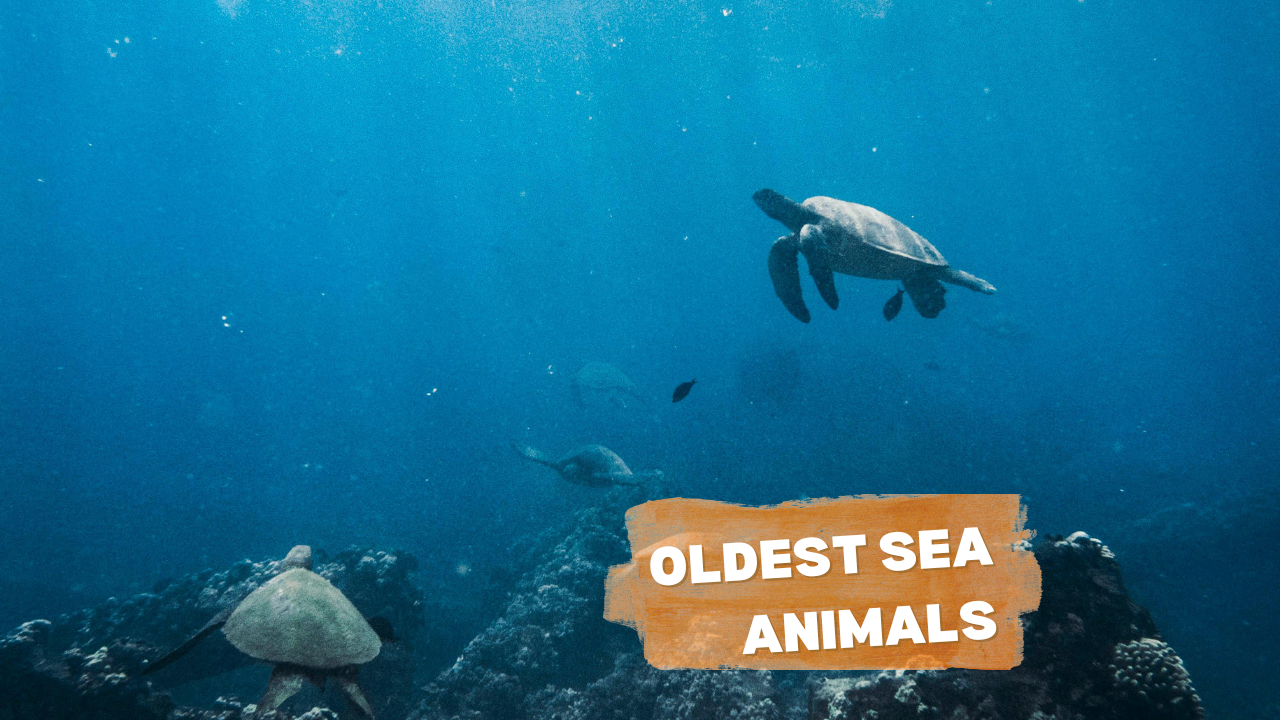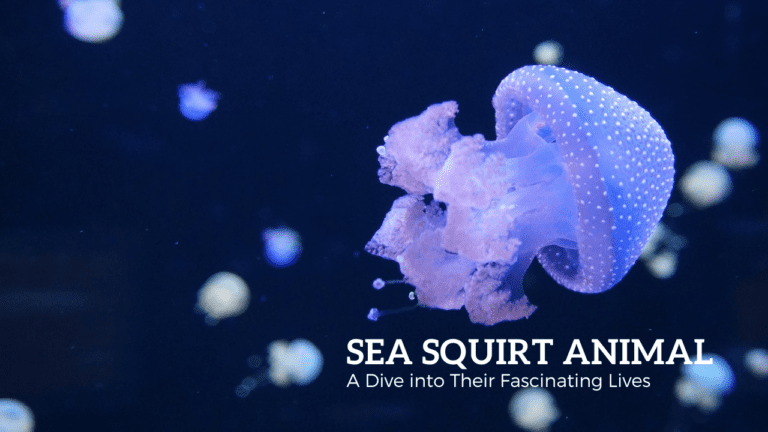10 Oldest Sea Animals | Marine Life
Dive into the mesmerizing world of the ocean’s ancient inhabitants with our journey through the lives of the oldest sea animals. These remarkable creatures have not only withstood the test of time but have thrived in Earth’s waters for hundreds of millions of years. From the ethereal jellyfish that can potentially live forever by reverting to its juvenile form, to the enigmatic coelacanths, once thought extinct and now known as “living fossils,” these species offer a fascinating glimpse into the resilience and adaptability of life beneath the waves. Join us as we explore the secrets of these time-tested survivors of the deep, uncovering how they have navigated the challenges of an ever-changing aquatic world.
1. Jellyfish: The Drifting Ancient
Age: Over 500 million years
Jellyfish are truly the ghosts of the ocean. With their translucent bodies and gentle drifting, these creatures have been around since before the first dinosaurs. Isn’t that amazing? They have no brain, no heart, and no bones, but they’ve survived all these eons with a simple but effective way of stinging their food and floating along ocean currents.
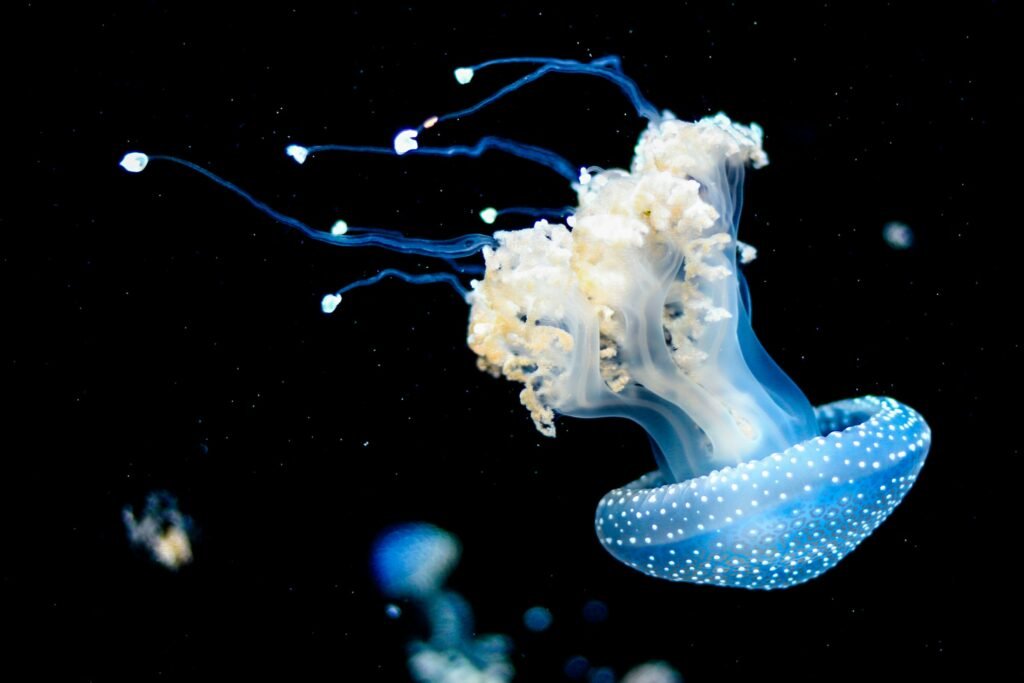
Lifespan: Ranges from a few hours to several years depending on the species
Survival Secrets: Some jellyfish species have a remarkable ability to revert to their juvenile form after reaching adulthood, essentially allowing them to bypass death. This process, known as transdifferentiation, enables them to cycle between life stages indefinitely, dodging the aging process!
2. Sponges: The Simple Survivors
Age: Over 580 million years
Imagine a creature that doesn’t move, doesn’t swim, and looks like a rock. That’s a sponge for you! These simple animals are among the oldest living creatures in the sea. They filter tiny particles out of the water to eat and can regenerate parts of their bodies when damaged. Sponges show us that sometimes, being simple is the best way to keep going through the ages.
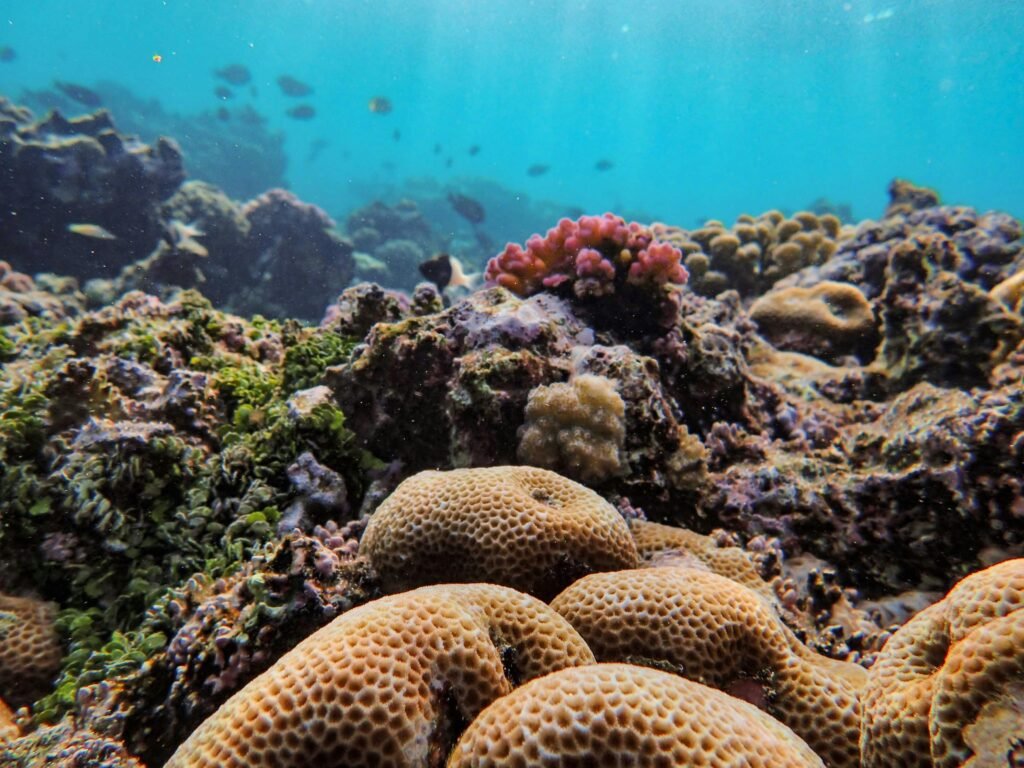
Lifespan: Potentially thousands of years
Survival Secrets: Sponges can regenerate lost parts and even form entirely new sponges from fragments. This incredible regenerative power means that physical damage hardly bothers them. Plus, their simple structure minimizes diseases that more complex creatures often face.
3. Nautilus: The Living Fossil
Age: Over 500 million years
The nautilus is a fascinating example of a living fossil. This means they’ve hardly changed in hundreds of millions of years! With their beautiful, spiral shells and tentacles, they cruise the ocean deep, surviving by being perfectly adapted to their environment from the start. Isn’t it cool how some old designs just don’t need any upgrades?
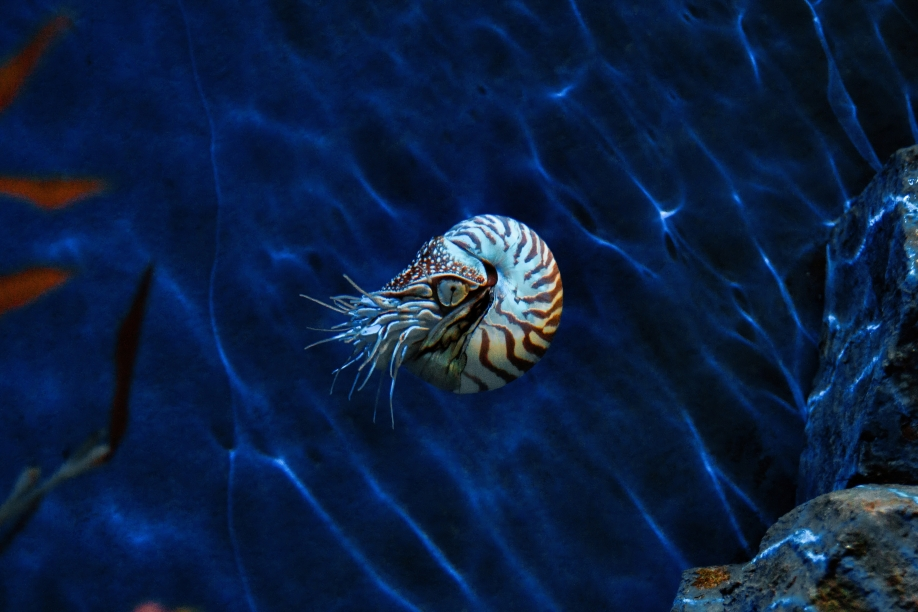
Lifespan: Up to 20 years
Survival Secrets: The nautilus has changed very little over millions of years, owing to a design that’s been effective from the start. They have a hard external shell that protects them from predators, and they regulate their buoyancy through gas chambers within this shell, helping them survive in deep ocean layers where few predators venture.
4. Horseshoe Crab: The Blue-Blooded Ancient
Age: Over 450 million years
These odd-looking crabs aren’t crabs at all. Horseshoe crabs are more closely related to spiders and scorpions! Their blue blood is incredibly valuable to medicine, helping to test for bacteria in vaccines. Plus, they’ve been around almost unchanged for so long, they’ve seen continents move and mountains rise!
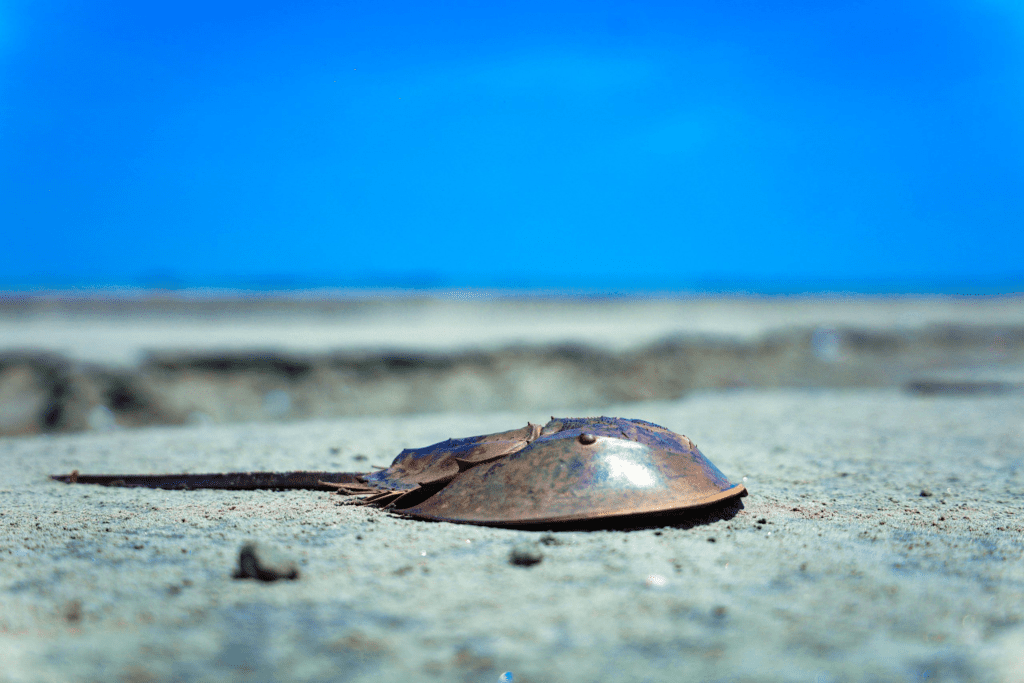
Lifespan: Up to 20 years
Survival Secrets: The horseshoe crab’s blood contains substances that are crucial in defending against pathogens, making them incredibly resistant to infections. Their hard carapace shields them from physical threats, and they can live in a variety of habitats, from deep ocean floors to coastal zones.
5. Lampreys: The Jawless Wonders
Age: Over 360 million years
Lampreys might look a bit scary with their tooth-filled, jawless mouths, but they’re extraordinary creatures. They attach themselves to fish and drink their blood, but don’t worry—they usually don’t bother humans. Lampreys have survived mass extinctions, proving that sometimes, being a little bit creepy can be quite effective!

Lifespan: Up to 30 years
Survival Secrets: Lampreys spend most of their lives as larvae buried in sediments, which protect them from predators. As adults, their parasitic lifestyle allows them to feed efficiently without exerting much energy, helping them conserve resources and survive longer.
Dive deeper into the wonders of the ocean with Sea Universe, exploring everything from Top 10 Smartest Sea Animal to the mysteries of the deep sea.
6. Coelacanths: The Discovery of the Century
Age: Over 360 million years
Once thought to have gone extinct with the dinosaurs, coelacanths shocked the world when they were found alive in 1938. These large, nocturnal fish have peculiar lobed fins that look more like limbs and are a critical piece of the puzzle in understanding how fish evolved to walk on land.

Lifespan: Potentially up to 100 years
Survival Secrets: Coelacanths live in deep, cold ocean waters, reducing their metabolic rate and the wear and tear on their bodies, which likely contributes to their long lifespans. Their ability to live in environments with low oxygen levels helps them avoid many predators and competition.
7. Sturgeon: The Caviar Creator
Age: Over 200 million years
Sturgeons are famous for their caviar, but there’s so much more to these ancient fish. They’ve survived since the days of the dinosaurs, largely unchanged. With their armored bodies and sensitive Barbels to detect food, sturgeons are like underwater knights guarding the mysteries of the deep.
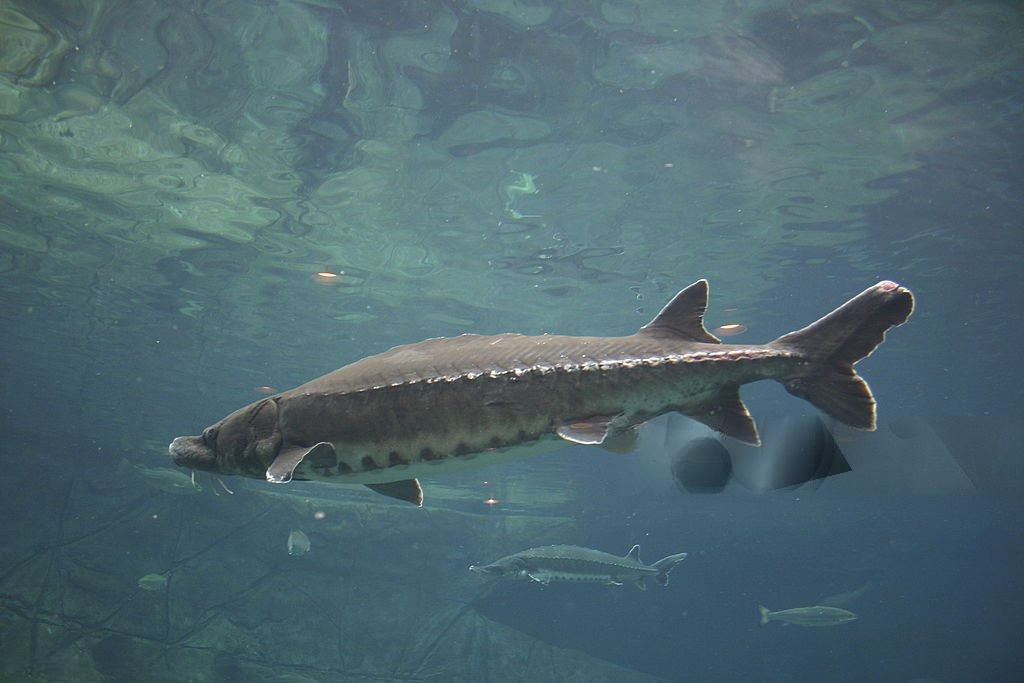
Lifespan: Up to 100 years
Survival Secrets: The sturgeon’s armored body plates protect it from predators, and its ability to tolerate varying salinity allows it to traverse and thrive in diverse water bodies, from rivers to seas. This adaptability helps them find safe areas to live and abundant food sources.
8. Turtles: The Armored Time Capsules
Age: Over 200 million years
Sea turtles are the armored tanks of the ocean world. With their bony, protective shells and slow-but-steady lifestyle, they’ve been cruising the oceans for millions of years. These peaceful creatures remind us that slow and steady really can win the race!
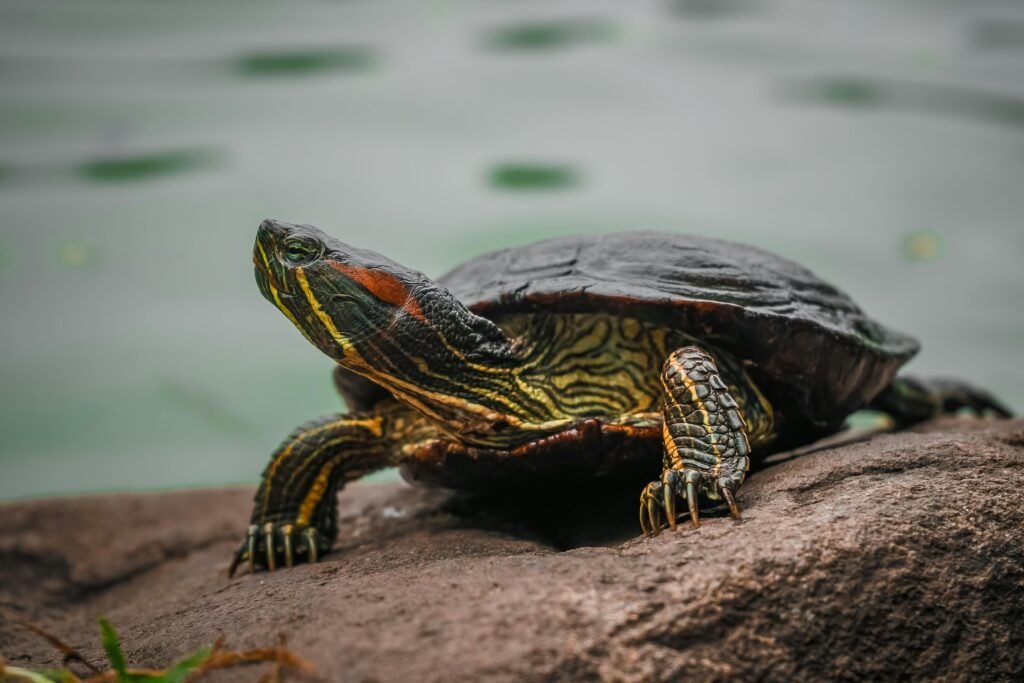
Lifespan: Typically 50-100 years; some species may live longer
Survival Secrets: Sea turtles’ slow metabolism and hard, protective shells are key to their longevity. They travel thousands of miles in the ocean, spreading out their risk and increasing their chances of finding food and less populated nesting sites.
9. Sharks: The Predators of the Deep
Age: Over 400 million years
Sharks have been the top predators in the ocean for ages. With their incredible sense of smell, sleek bodies, and rows of sharp teeth, they’ve adapted to be the perfect hunters. Sharks keep the ocean ecosystems balanced, showing that being a bit fierce can sometimes be very important!

Lifespan: Varies widely; some species like the Greenland shark can live up to 400 years
Survival Secrets:
Many sharks have few predators and a robust body that can heal quickly from injuries. Their ability to continuously replace lost teeth ensures they are always able to hunt effectively, contributing to their survival.
10. Lobsters: The Regenerating Relics
Age: Over 100 million years
Last but not least, let’s not forget about lobsters! These curious creatures can regenerate their claws and live for over a hundred years. Plus, they’re known for their tasty contribution to our dinner tables. Lobsters teach us that sometimes, being able to let go and grow again is the best strategy.

Lifespan: Potentially over 100 years
Survival Secrets: Lobsters continue to grow throughout their lives and can regenerate limbs, which helps them survive encounters with predators. Their longevity is partly due to an enzyme called telomerase, which repairs repetitive DNA sequences at the ends of their chromosomes, potentially reducing aging and disease processes.
Conclusion
As we surface from our deep-sea adventure, let’s take a moment to reflect on these incredible creatures. Each one of these ancient sea animals has a story that teaches us about resilience, adaptation, and survival. What can you learn from them? Maybe next time you face a tough situation, think about the jellyfish, drifting along and surviving against all odds, or the coelacanths, hidden treasures reminding us of life’s surprises.
You Might Also Like
Top 10 Animals in the Black Sea
